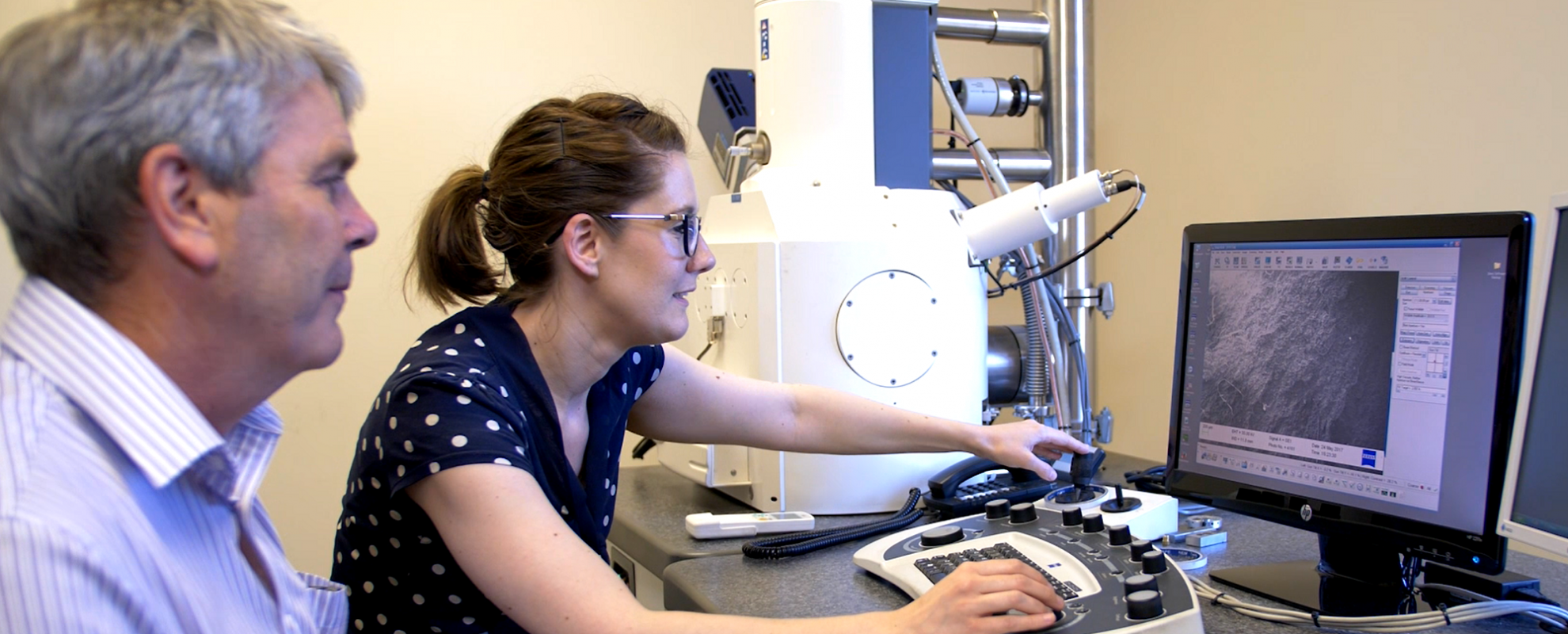R-TECH Materials were requested to conduct a metallurgical investigation of the causes of failure during testing of welded connections on a thermal fuse from a white goods application (see Figure 1). The client supplied examples of fuses which had passed their mechanical test, and samples which had failed (for example see Figure 2). The thermal fuse has wire connections which are copper coated with silver or tin. These are welded onto thin strips of 430 grade stainless steel, by means of an electric resistance welding process.

Figure 1. Example of intact thermal fuse

Figure 2. Example of thermal fuse, which had failed on testing
R-TECH Materials used an Inductive Coupled Plasma (ICP) analysis technique on the fuse holders to verify that they complied with grade 430 stainless steel. There was insufficient material on the fuse itself for full chemical analysis, so the Energy Dispersive Microanalysis (EDX) system on the scanning electron microscope (SEM) was used to confirm that the coatings were as specified.
Metallographic sections were taken through examples of good and bad welds, and prepared for examination by optical microscopy. An example of a good weld is shown in Figure 3. In contrast, a section through a failed weld is shown in Figure 4. Figure 5 shows the interface between the copper wire and the stainless fuse holder in a failed weld. It can be seen that there has been mixing of the two materials in the molten condition.
Metallography in the etched condition showed that in the good welds, there was a molten zone within the body of the weld tag, but it was contained. In contrast, in the bad welds, a much more extensive molten zone was found, which had enable the mixing of the copper from the wire and stainless steel from the tab to occur (see Figure 6).
Conclusions
It was concluded that there was nothing wrong with the materials supplied, but that the control of the electric resistance welding process needed to be improved to prevent overheating of the weld, leading to mixing of copper from the wire with stainless steel from the tab, producing a brittle zone along the weld interface.

Figure 3. Example of sound thermal fuse weld

Figure 4. Example of failed thermal fuse weld after testing

Figure 5. Example of interface of failed thermal fuse weld after testing

Figure 6. Example of extensive molten zone in failed weld
A thorough failure analysis investigation is a valuable and informative tool to reduce the likelihood of a repeat incident which improves safety and productivity and can enable evolution towards a better product. If you would like to know more about our Failure Analysis services? Contact us today!
